The garden is put to bed. I was diligent about dragging in leaves to cover most of the beds with a thick protective layer. Last year snows and cold weather came before I was ready and the leaf covering ritual was interrupted. That caused me much more work this season than I wanted to do, but I did learn a lot about weeding. Without the leaf cover, weeds emerged sooner and the ground in the beds was not as soft. The extra weeding re-affirmed my belief that we approach weeds wrongly in both gardening and agriculture and that a far more sustainable approach would be to use a lot of hand labor to control weeds.
I did end up getting the garden paths and beds nice and clean by the time the season ended and I promise to be diligent about getting the leaves raked in from now on.
My biggest garden triumph was the building of a very rugged and useful tomato trellis using t-posts and bamboo stakes. The tomatoes loved it and I’ll be refining this approach for future tomato growing.
I expanded my herb bed and was amazed at the power of oregano as a pollinator attractor. It was loaded with insects of all types, especially bumblebees, for most of the summer and well into the fall.
One insect that was not as plentiful as in other years was the Monarch butterfly. We had a few, but their decline may be apparent in my own backyard.
Several crops performed exceptionally well for us this year, including coles of all types. In addition to the beautiful violetta italia cauliflower, we had a never ending supply of broccoli raab, some really nice cabbages, great Brussels sprouts, and Red Russian kale is now a plentiful volunteer that has to be treated as a weed.
We probably had our best onion harvest ever. Unfortunately, the leeks did not fare well due to my planting them too deeply. A lesson learned and a reinforcement of the home gardening mantra of “don’t worry, plant enough different stuff, you will always get something.”
Peppers were great, too and we heard from other gardeners that this was a good year for them.
On a road trip restaurant stop, we learned about using peas shoots as a vegetable and now they will be part of our harvest along with the peas, themselves.
Our worst garden pests continue to be mammals, not insects. Deer and woodchucks would consume most of our tender crops if we did not fence, trap, and let the dog run.
My most faithful garden helper is not the dog, but Boots, who is always assisting with weeding, harvesting, and providing company even if it may not be totally wanted.
I’m looking forward to 2015.

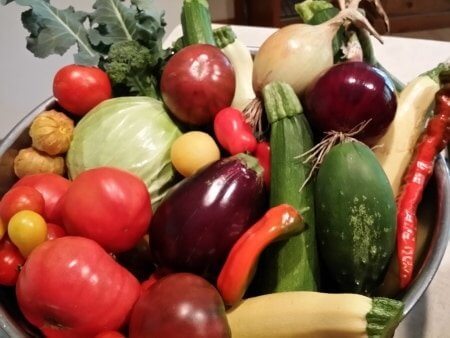
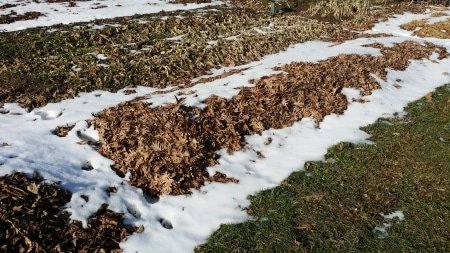
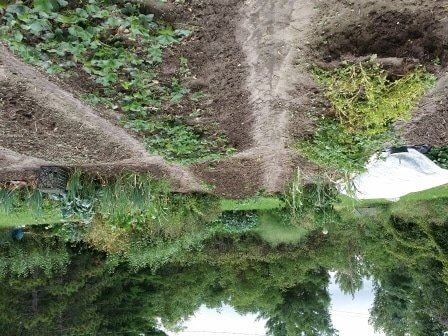
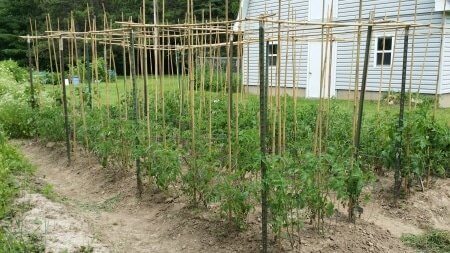
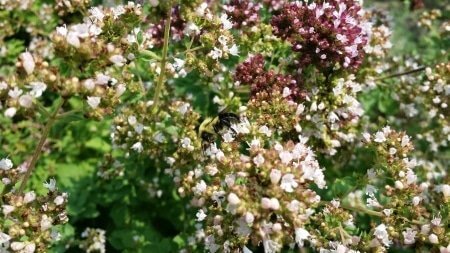
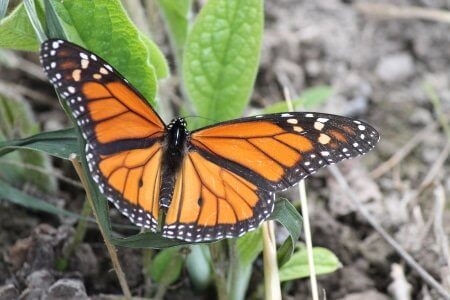
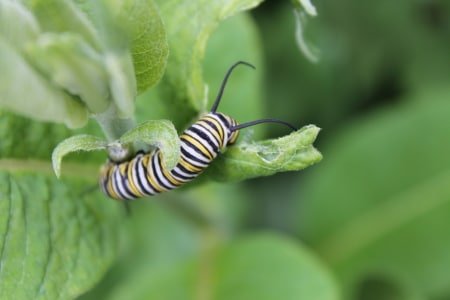
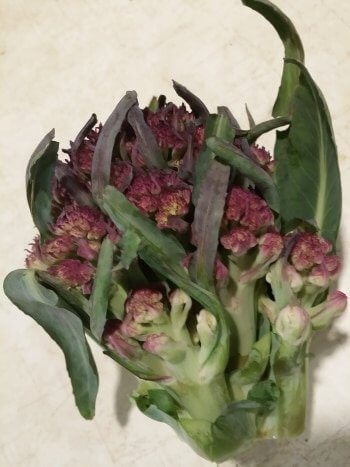
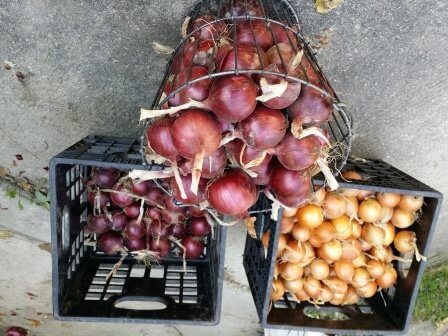
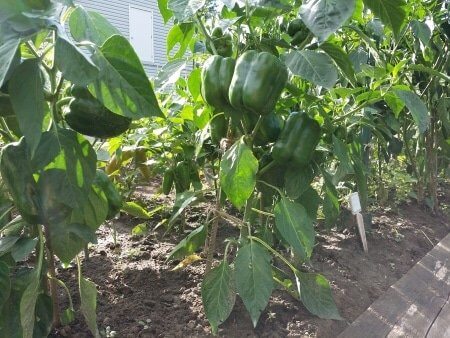
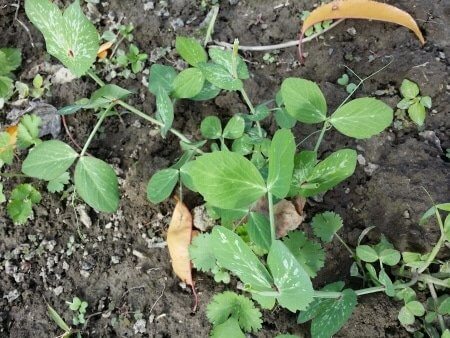
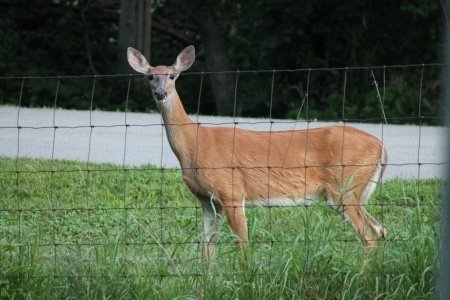
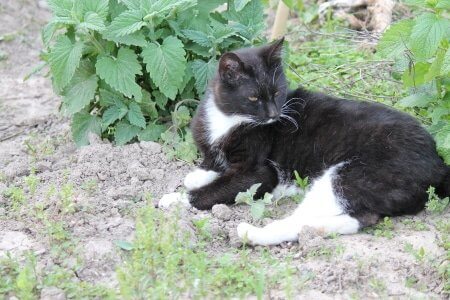
I’m just not convinced that adding leaves is a good idea. For starters, they blow off. And to break down, they take nitrogen from the soil. And they keep the ground frozen longer in the spring, unless it is removed (more work). Theoretically, I believe in lasagna composting, but during the season, between rows which would become the next season’s beds/rows. Are these leaves mixed in or do you just pull back & plant? Doesn’t it keep the ground cold? I do admit the need for organic matter, but I add compost when it is already broken down. I often have to sift & bag it in September for use in spring because it is not yet broken down in March/April because of leaves I add to the compost piles in October/November. What is sifted out (the chunks) is under the leaves & it is often not yet usable in spring.
Actually, adding leaves is a great idea. A few blow off but most stay in place. I’m not leaving the leaves in the beds come spring or working them into my soft bed soil. I rake them off the beds into the paths (a very easy process using my CobraHead Long Handle and a collapsible aluminum rake) to act as a weed mulch in the aisles, where they can break down slowly and keep a lot of weeds from sprouting in the paths well into summer. A huge advantage of leaf covered beds is they require no maintenance until you need them, so if you aren’t ready to plant a certain bed, it can be left under leaf cover and ready to plant, and not putting out weeds.
The leaves do not normally keep the ground frozen longer, but act as an insulator. When I have a leaf cover, I can get into my beds far sooner than if the soil were bare. Leaves do not replace compost, which I make and add separately using lots of different organic material but rarely using many leaves. The leaves break down in my heavy clay aisles, aided by earthworms, which are quite prevalent in the hard clay. They add lots of organic matter, reduce weeding significantly, and let me get into my garden earlier.